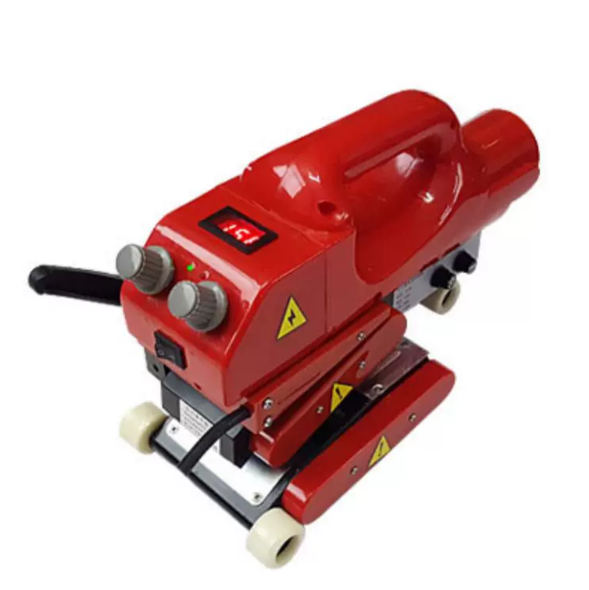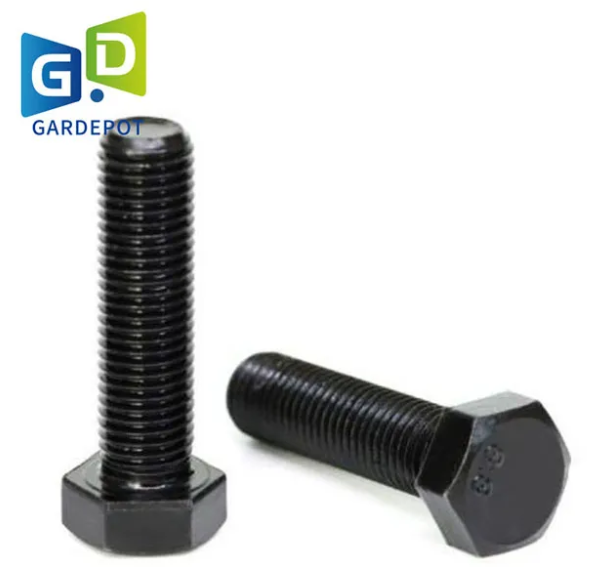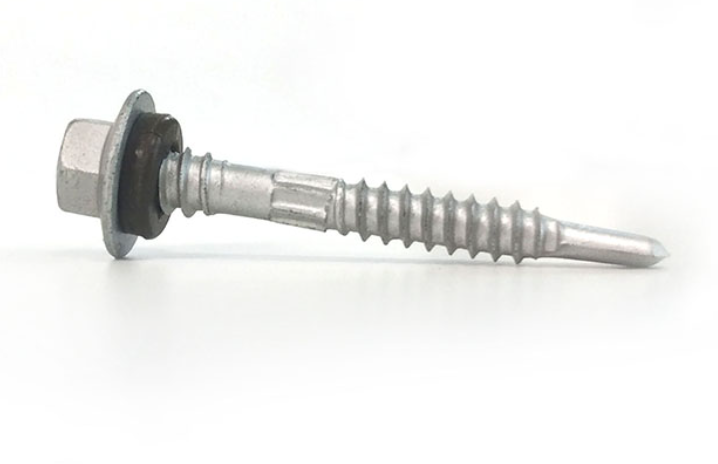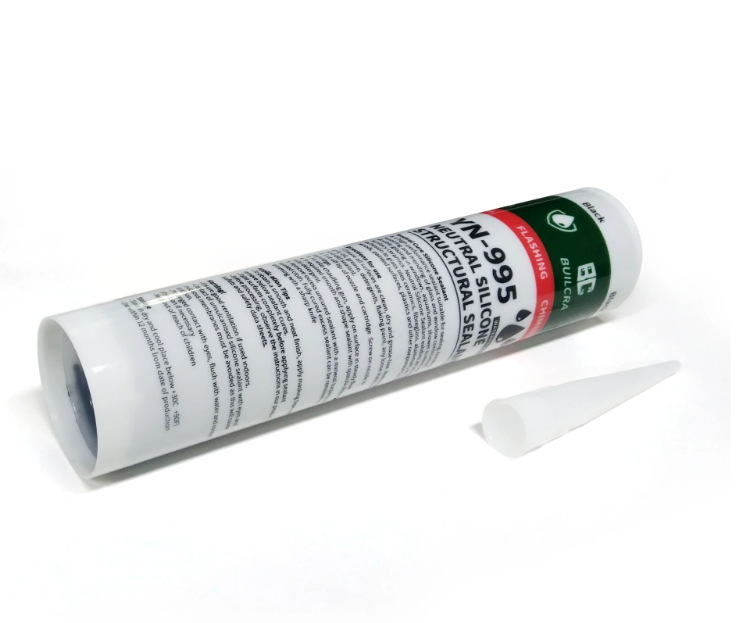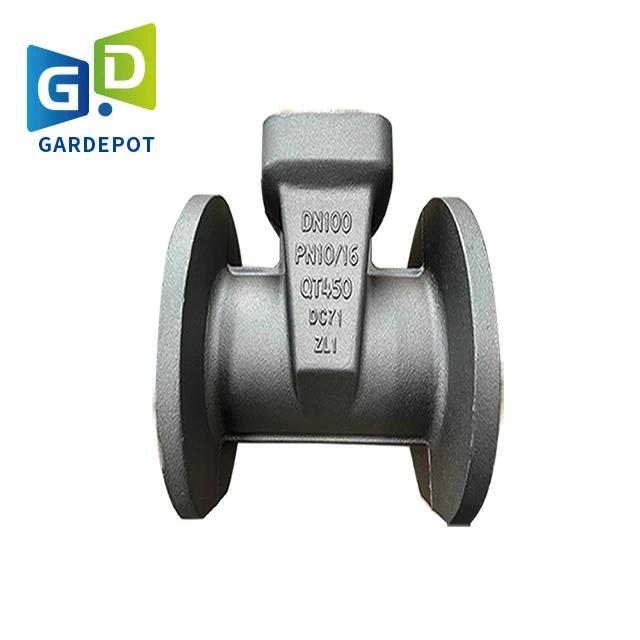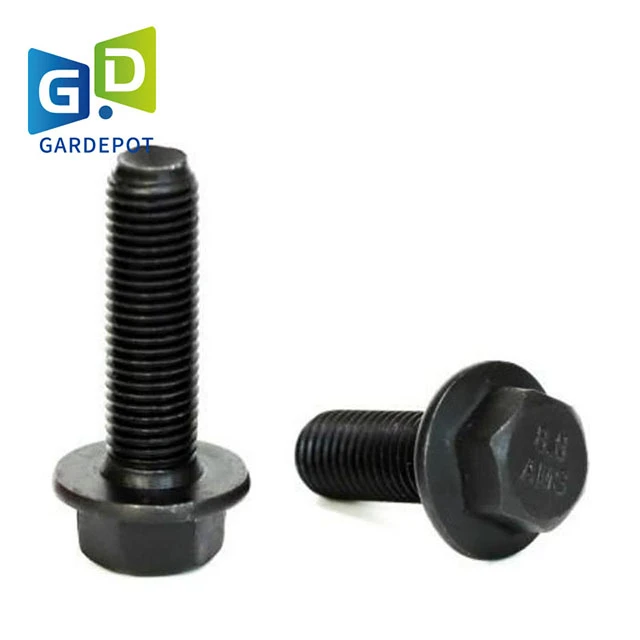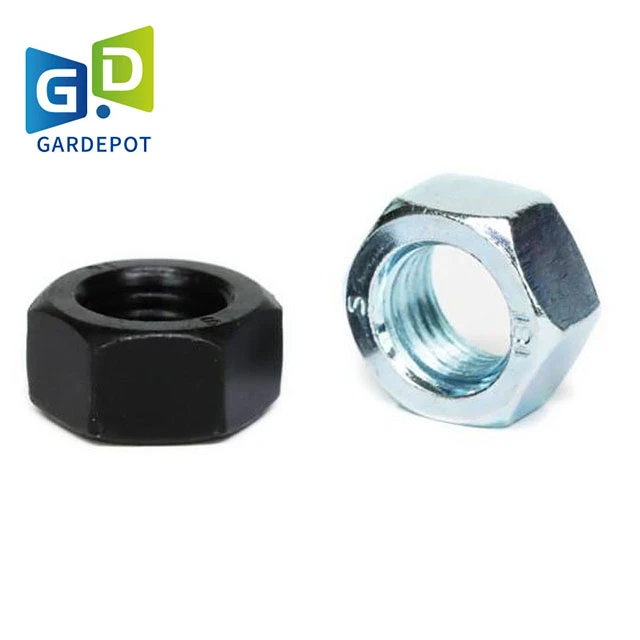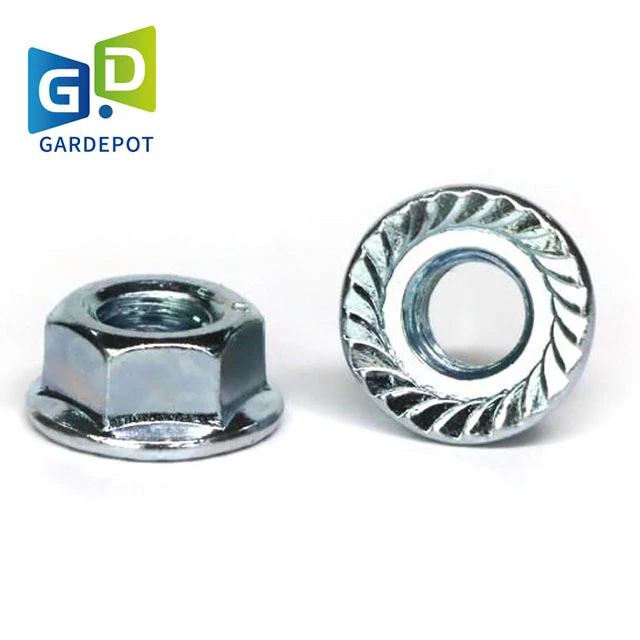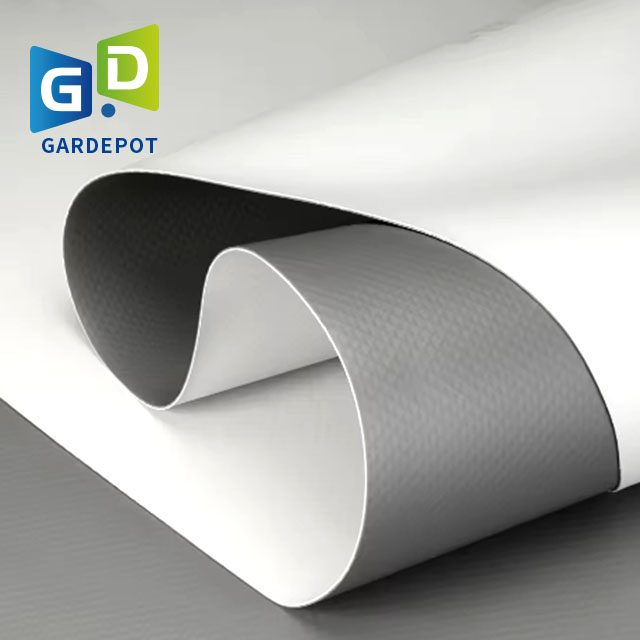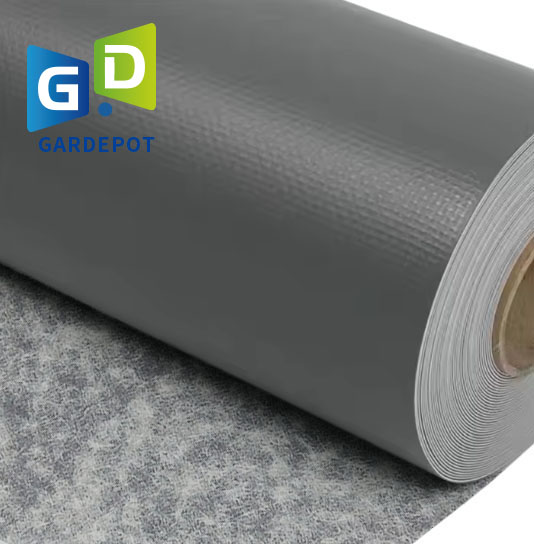The Complete Guide to High-Performance roofing plate for Modern Construction
In contemporary construction, the selection and installation of the right roofing plate system is fundamental to a building's longevity, energy efficiency, and weatherproofing capabilities. A complete roofing solution involves not just the primary roofing plates and screws for secure fastening, but also specialized components like TPO seam plates for thermoplastic membrane systems and underlying roof insulation plates that enhance thermal performance. The effectiveness of these integrated systems relies on high-quality materials and precise installation, a principle understood by innovative manufacturers like Hebei Gardepot Technology Co., Ltd., which focuses on developing advanced materials, and established producers like LinYi Building Depot International Trading Co., Ltd., with its expertise in MgO-based building products. This guide provides a detailed overview of modern roofing plate technologies, their applications, and best practices for achieving a durable and efficient roof.
Why Our roofing plate is a Top Choice for Construction Projects
Our roofing plate is engineered to meet the diverse demands of residential, commercial, and industrial roofing projects. It stands out for its durability, versatility, and compatibility with other construction materials.
Key Advantages of Our roofing plate:
- Superior Weather Resistance: Made from high-grade metals or composite materials, our roofing plates resist rain, wind, UV rays, and extreme temperatures, ensuring a long service life (15-20 years on average).
- Eco-Friendly Design: Produced with environmentally friendly processes by Hebei Gardepot, our roofing plates reduce carbon emissions during manufacturing, aligning with global energy conservation goals—consistent with LinYi Building Depot’s focus on emission reduction.
- Easy Installation: Lightweight and designed for quick assembly, our roofing plates save labor time and costs, reflecting Hebei Gardepot’s commitment to convenient, labor-saving materials.
The table below compares our roofing plate with ordinary roofing materials:
|
Performance Aspect |
Our roofing plate |
Ordinary Roofing Materials |
|
Service Life |
15-20 years |
5-10 years |
|
Weather Resistance |
Excellent |
Moderate |
|
Installation Time |
30% faster |
Standard |
The Synergy of roofing plates and screws for Secure Roofing
Foofing plates and screws form a cohesive system that ensures roofing plates stay firmly in place, even in harsh weather conditions. Our screws are specially designed to complement our roofing plates, providing maximum grip and corrosion resistance.
Features of Our roofing plates and screws System:
- Matching Materials: Screws are made from the same material as the roofing plates (e.g., stainless steel for metal plates), preventing galvanic corrosion and ensuring long-term compatibility.
- Enhanced Grip: Screws feature sharp threads and self-tapping designs, allowing them to penetrate roofing plates and underlying structures easily—no pre-drilling required, saving installation time.
- Wide Compatibility: Suitable for use with LinYi Building Depot’s MgO Roofing tiles and decorative wall panels, creating a unified roofing and wall system for buildings.
Hebei Gardepot can customize roofing plates and screws according to project requirements, such as adjusting screw length or plate thickness, leveraging its R&D capabilities and collaboration with top universities.
The Role of tpo seam plates in Waterproof Roofing Systems
Tpo seam plates are essential for sealing joints in TPO (Thermoplastic Olefin) roofing membranes, a popular choice for flat roofs due to their flexibility and waterproof properties. Our TPO seam plates ensure leak-proof connections between membrane sections.
Benefits of Our tpo seam plates:
- Strong Sealing Performance: Designed to melt and bond with TPO membranes during installation (via heat welding), creating a seamless, waterproof seal that resists water infiltration.
- UV and Chemical Resistance: Made from high-quality TPO material, our seam plates resist UV degradation and chemical damage from pollutants, maintaining their sealing effect for years.
- Easy Integration: Compatible with standard TPO roofing systems, our seam plates can be used in both new roof installations and roof repairs, making them a versatile solution for contractors.
LinYi Building Depot’s global export network ensures tpo seam plates are available to customers in over 50 countries, supporting international roofing projects.
The Energy-Saving Advantages of roof insulation plates
Foof insulation plates play a key role in reducing building energy consumption by minimizing heat transfer between the interior and exterior. Our insulation plates are designed to be lightweight, durable, and highly efficient.
Key Features of Our roof insulation plates:
- High Thermal Resistance: Made from foam or fiber-reinforced materials, our plates have high R-values (thermal resistance), reducing heating and cooling costs for buildings by 20-30%.
- Fire Safety: Treated with fire-retardant additives, our insulation plates meet international fire safety standards, making them suitable for commercial and residential buildings.
- Eco-Friendly Materials: Produced with recycled materials by Hebei Gardepot, our plates reduce waste and environmental impact, aligning with both companies’ commitment to sustainability.
Whether for new construction or roof retrofits, roof insulation plates provide long-term energy savings and comfort for building occupants.
FAQ About Our Roofing Plate Products and Services
What materials are your roofing plate available in?
Our roofing plate is available in multiple materials to suit different project needs, including aluminum, stainless steel, galvanized steel, and composite materials (e.g., TPO-coated metal). Aluminum plates are lightweight and corrosion-resistant, while stainless steel plates offer maximum durability for industrial applications. You can contact our team to discuss material recommendations based on your project’s location and budget.
Can roofing plates and screws be used for low-slope roofs?
Yes, our roofing plates and screws are suitable for low-slope roofs (slopes less than 3:12). The screws’ enhanced grip and the plates’ weather resistance prevent water pooling and leakage, which are common issues with low-slope roofs. We also recommend pairing them with our tpo seam plates for additional waterproofing if using TPO membranes.
How do I maintain tpo seam plates after installation?
Tpo seam plates require minimal maintenance. We recommend inspecting seams annually (after severe weather events like storms) for signs of damage or separation. If small gaps are found, they can be repaired with TPO patch material and heat welding. For larger repairs, our customer service team can provide guidance or connect you with local contractors trained in TPO roofing systems.
Are roof insulation plates compatible with other roofing materials?
Absolutely. Our roof insulation plates can be used with a variety of roofing materials, including asphalt shingles, metal roofing, and TPO membranes. They are designed to be installed under the roofing material, providing insulation without compromising the roof’s structural integrity. They also work well with LinYi Building Depot’s MgO board floors and ceilings, creating a fully insulated building envelope.
How does the thickness of a roof insulation plate affect energy efficiency?
The thickness of the roof insulation plate directly correlates to its R-value, or thermal resistance. A thicker plate provides a higher R-value, leading to better insulation, reduced heat transfer, lower energy costs for heating and cooling, and improved occupant comfort. The required thickness is often dictated by local building energy codes.




